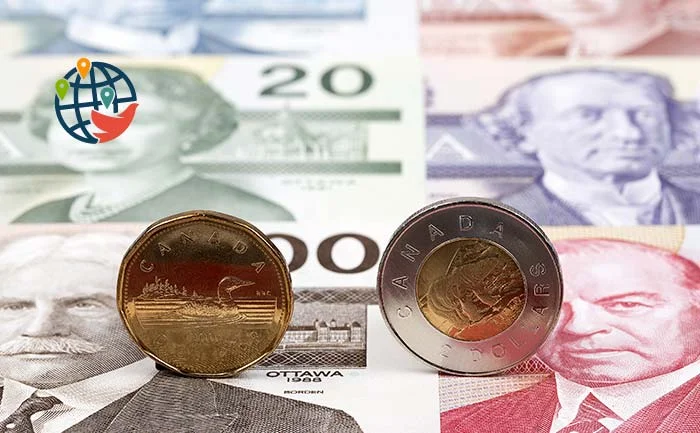How they launder money in Canada

Top 3 interesting facts about Canadian dollars. Why is this money better and more profitable than other countries' currencies?
The Canadian dollar is one of the most stable currencies in the world. In various ratings (e.g. Remitr, CMC Markets) it ranks 10-11th in terms of stability. But this is not the only advantage that makes the Canadian dollar unique.
Canadian coins have their own names
First of all, this refers to $1 coins (loonie) and $2 coins (toonie). The name "loonie" is derived from "a loon," which means loon. This is the bird depicted on the reverse of the coin. The "loonie" is a combination of the words "two" and "loonie," that is, "double loonie.
The coins are practically the same size, but it's quite easy to tell them apart. While a tuni is perfectly round, a luni has 11 facets all around its circumference. In addition, a tuni is a two-color coin (the center is gold, the edges are silver), while a luni is entirely gold.
Of course, this does not mean that the coins are made of gold and silver. Different metals were used in the making of coins at different times. At first it was aluminum bronze and nickel. Then bronze was additionally coated with brass, and pure nickel was replaced by nickel-coated steel.
Canadian coins can be recycled
Canada mints more than 1 billion coins each year at its high-tech factory in Winnipeg, Manitoba. This process is quite costly. And to save money, the Royal Canadian Mint also recycles old coins. So if you live in Canada and have your own pile where you keep your change, you'd better get it out and put it to good use. With this simple act, you will also help to save nature and Canadian resources.
By the way, the Canadian Mint was already interested in this question and calculated exactly how much money could be stored in a 4-liter pickle jar:
- 4992 pennies (one-cent coin) = $49.92;
- 8,400 dimes (dime) = $840;
- 3,411 quarters (a quarter is a 25-cent coin) = $852.75.
In addition to the coins listed above, there are also nickel and 50 cent coins. The coins have the image of Elizabeth II on their obverse and the image of various wild animals on the reverse, which are considered the symbols of Canada. However, sometimes you can find pence, nickels and dimes with the image of George VI.
Canadian bills can be washed
...And there is nothing for the money, even if it ends up in the washing machine with the clothes.

This weekend Canada switches to winter time

A new era for Canadian athletes

Canada celebrates its National Day and reflec...

Rising inflation in May threatens rate cuts i...

Canada Prepares for a Sharp Increase in the E...

High Auto Insurance Rates for Immigrants Spar...

Canadian intelligence raises alarm: China's i...

Canada continues to attract skilled professio...

How the food supply chain in Canada works and...

The mysterious disappearance of a taxidermy g...

The remains of a mysterious ship have been fo...

Saskatchewan raises age limit for tobacco pur...
Surely many people remember these unpleasant feelings: you suddenly remember that you left some bills in your pants pocket, but you had already put your pants in the washing machine and turned it on... And, of course, by the law of meanness, the bills in your pocket were of large denomination. Alas, ordinary money in this situation is no longer salvageable: it will either be completely ruined, or so washed and rubbed out that they will not be accepted in any store anyway.
But Canadian dollars can easily survive this kind of trouble! The thing is that they are made of polymers, so they don't crumple, tear or get soaked in water. The Bank of Canada made the decision to issue polymer banknotes back in 2011, and today banknotes worth $5, $10, $20, $50, and $100 are printed in this form.
Incidentally, the high resistance of Canadian dollars to moisture proved incredibly useful during the coronavirus pandemic. As we know, any money passes through many hands every day, so it is considered quite dirty and dangerous in terms of hygiene. Many health professionals even recommend washing your hands every time you come into contact with bills or coins.
However, the Canadians went even further. During the spread of the COVID-19 virus, they began to wash not only their hands, but also their banknotes. That is, they launder money in the literal sense of the word. So Canadian dollars can be called one of the cleanest and safest types of money in the world.

















